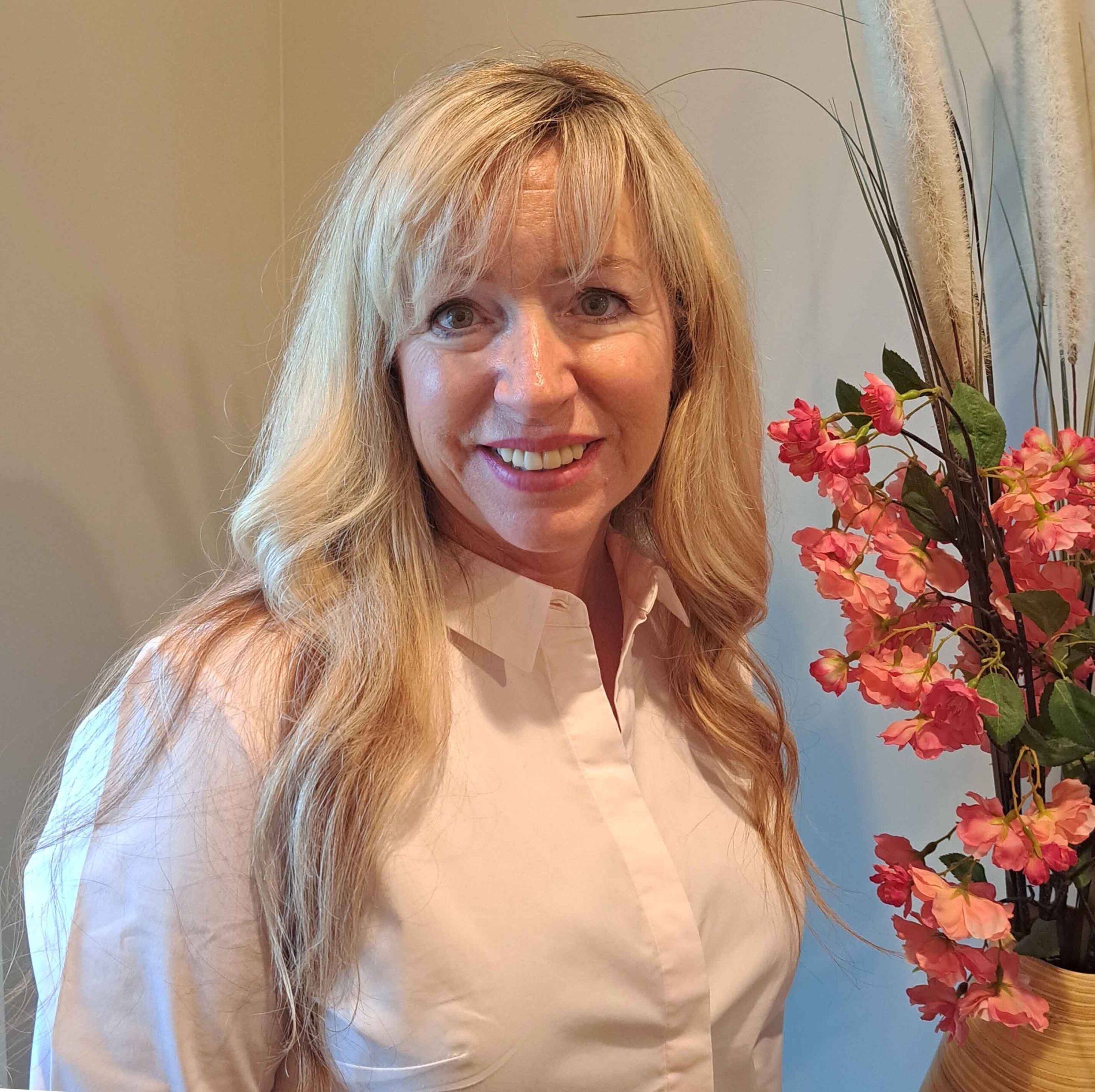
Patricia: The Lost Years
Patricia knew about menopause, the end of her period. “GREAT!” she thought. She had no idea a tsunami was about to hit her.
Just after her 50th birthday, she started to experience all the common menopause symptoms, with the worst being hot flashes between one and two hours apart. Her night sweats were so severe that she slept on a beach towel and had a second ready when the first one was soaked. Her sleep was interrupted 4 to 8 times a night, every night.
She was barely functioning. Sleep deprivation ignited anxiety, agitation, and an inability to focus. She was not performing well at work but doing her best to hide her symptoms. She turned down leadership opportunities, including an invitation to apply for a public company CEO role. Breaking the glass ceiling had been her ultimate career goal, one she was not going to be able to achieve.
“The most mortifying moment of my career came when I finally had to tell my supervisor, the CEO of a global company, that I had to adjust my hours to accommodate my symptoms,” she said. “He just stared at me, completely perplexed, and quickly wrapped up the meeting.”
Patricia has been unrelenting in her search for solutions. Unfortunately, she is one of about 10% of women whose severe menopause symptoms are treatment resistant.
“I call my menopause journey my lost years. Eight years of very little productivity, advancement or contribution. Eight years of feeling depressed and defeated. Eight years of struggling every day to get through the day.”
“Women cannot spend precious years of their lives compromised or, in the worst case, debilitated and defeated by menopause symptoms,” she said. “Workplaces must be inclusive and support women during this time. Supervisors must be knowledgeable about menopause. We have to get menopause out in the open in every workplace in Canada.”












